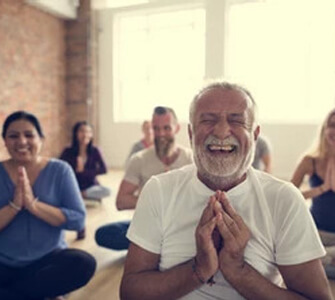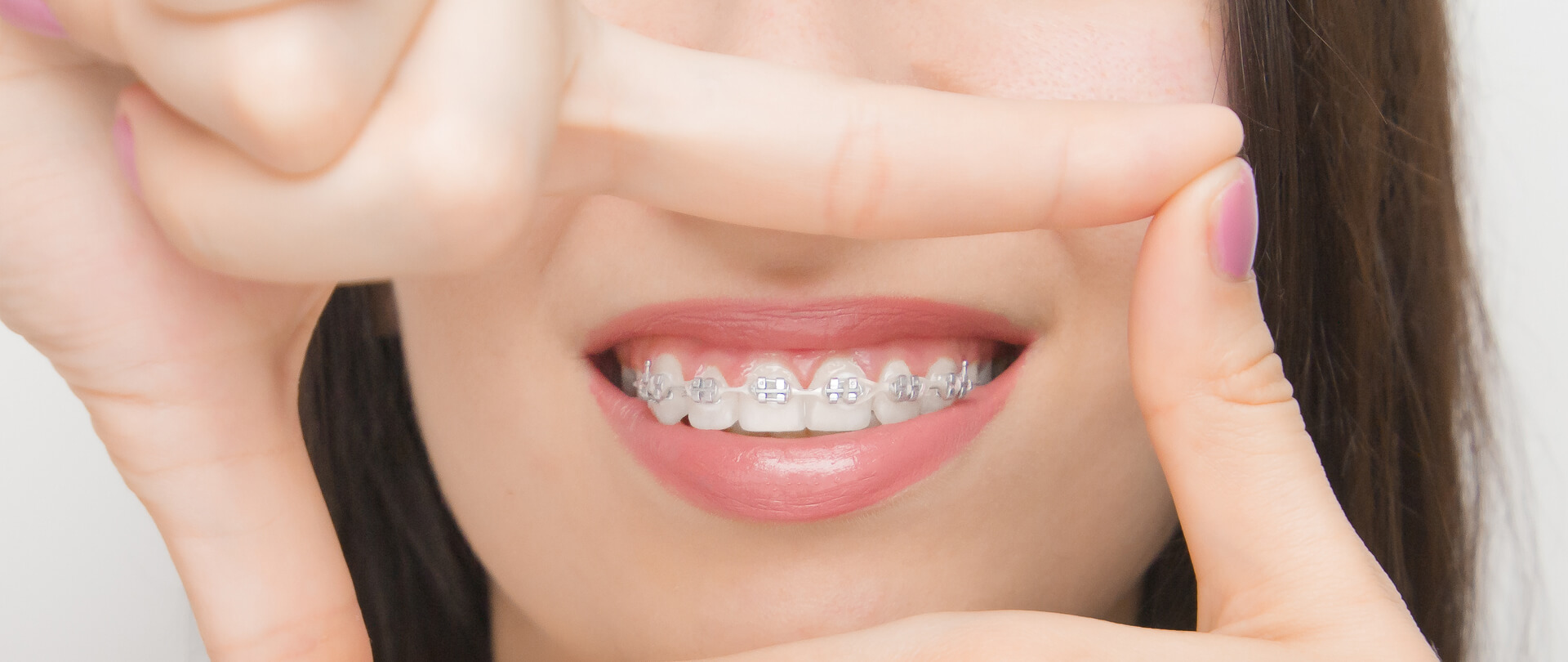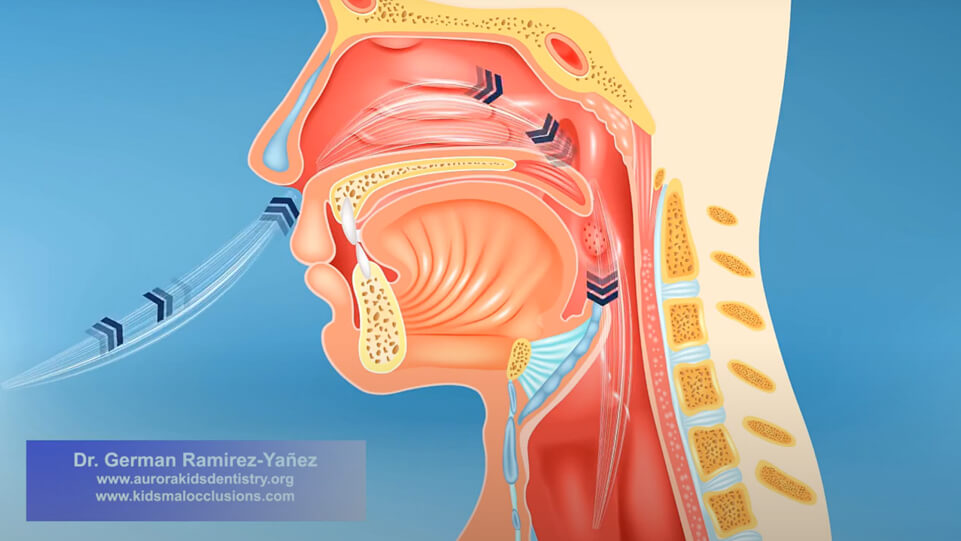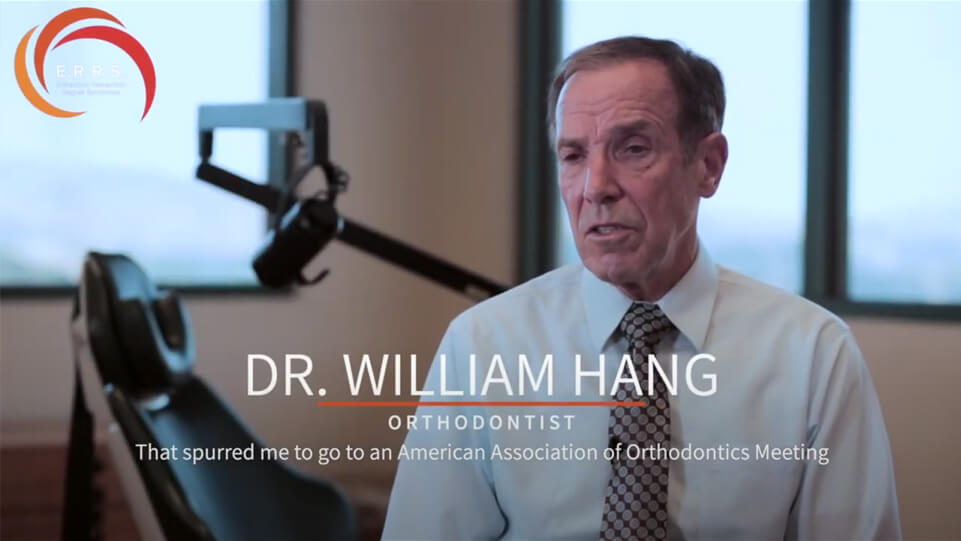Airway Orthodontics “MSE, DNA & ALF”
What Is Airway Orthodontics?
Airway orthodontics recognises the fact that jaw, sleep and breathing disorders are caused by backward position of jaws and incorrect tongue resting posture. It focuses on expanding the jaw and bringing it forward in order to have wider airways that are of key importance to the overall well-being of an individual. Airway Orthodontics also acknowledges the limitations of current orthodontics techniques. It not only focuses on maintaining a wider airways but also helps in achieving a correct spine posture, correct tongue posture, protection to your TMJ joint and a healthy sleep and breathing pattern.
Jaw Dysfunction, Malocclusion & TMD
The way the teeth fit together not only influences the position of the jaw and the resting position of the temporomandibular joints but also has a major impact on breathing and sleep disorders. The narrowing of the upper jaw naturally pushes the lower jaw back and further compromises the airway. To compensate one begins clenching and grinding their teeth which causes muscular dysfunction and articular disk displacement, causing TMD. This can also present itself in symptoms like anxiety, poor sleep, fatigue and a multitude of metabolic and cardiovascular diseases. Jaw muscles can also compress nerves, causing more TMD symptoms.
Traditional Orthodontics & TMD
Traditional orthodontics concentrates only on teeth alignment and aesthetics . However, airway orthodontics concentrates on function alongside aesthetics. Traditional orthodontics extracts teeth to relieve overcrowding and create space for teeth alignment, this is another possible cause of TMD. Removing teeth rather than expanding the jaw will alter the entire structure of the oronasal airway, which will leave no room for the tongue to rest on the roof. Let’s remember that the maxilla, or roof of the mouth is also the floor of the nose. A smaller maxilla, will render in a smaller nasal cavity that results in a compromised airway. This will force the body to find a ways to compensate like mouth breathing and poor posture. A smaller jaw will also pushes the lower jaw behind causing strained muscles that exerts force on the jaw joint, which results in TMJ pain. Through the domino effect headaches turn into migraines, which ripple into head, neck, and back pain.
Airway Orthodontics over Traditional Orthodontics?
PREVENTION: Helps correct jaw growth in order to prevent disturbed breathing, sleep and TMD by restoring the airway by achieving a balance in the facial structure and function.
OVERALL HEALTH: We just don’t treat the symptoms, we look for the cause and treat them holistically.
INTERDISCIPLINARY: Our team approach helps us address multiple aspects of good health including tongue posture, breathing, eating, sleep and mental wellbeing and body posture.
Neuromuscular Dentistry
The purpose of Neuromuscular dentistry is to realign the muscles, jaw joints, and teeth to their optimal position to regain complete harmony between the mouth and body. Unbalanced dental alignment can cause limited jaw movement, headaches & migraines, sleep apnea, jaw locking, neck & shoulder pain, teeth grinding, and jaw & tooth pain.
While similar to traditional orthodontics, neuromuscular orthodontics differ in some major ways. They both use similar appliances to straighten teeth so individuals can have a perfect smile, healthy bite and optimal body posture. But, their approaches to attaining this goal is what differentiates one from the other.
In traditional orthodontics, while the treatment is planned in advance, it mainly focuses on esthetics.
In neuromuscular orthodontics, the complete treatment is precisely planned, keeping in mind the desired outcome that includes esthetics and function. Neuromuscular orthodontics focuses not only on creating a beautiful smile, but also on how to achieve optimal tooth positioning without any discomfort.
To better understand how neuromuscular orthodontics can help, let’s look at the different types of malocclusions (bite problems) and how they affect individual body posture. Malocclusions are divided into classes – 1, 2 and 3.
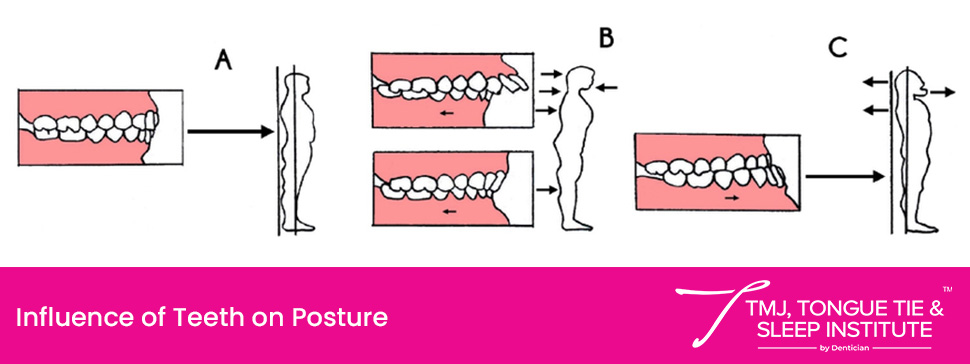
In Class 1 malocclusion, there is an overlap of upper teeth over the lower teeth, but the dental arches are in relative alignment, so it doesn’t affect your bite too much or the body alignment (posture). However, your other teeth may be crowded or have gaps.
In Class 2 malocclusion, the lower jaw is underdeveloped which leads to a severe overbite. It can significantly affect your bite, while the body posture may be tilted forward. This needs early orthodontic intervention.
In Class 3 malocclusion, the lower jaw is larger than the upper jaw, which leads to a severe underbite. Here, the body posture sways backwards.
In neuromuscular orthodontics, since the muscles of the upper and lower jaw are already relaxed before placing the orthodontic appliances, the body is less likely to resist the treatment. This ensures greater comfort before, during, and after the treatment.
Through Neuromuscular Orthodontics, individuals can experience greater function of the jaw and neck, improved upper airways, optimal space for the tongue to rest comfortably, and a better physiologic range of muscles that control posture. This ensures long-lasting results from the orthodontic treatment, and an individual is less likely to suffer from TMJ symptoms.
As a part of airway orthodontics, this non-invasive dental treatment primarily focuses on treating TMJ disorders and TMD. The advanced technology used in neuromuscular dentistry helps the specialist evaluate the jaw joints, tendons, bite alignment, muscles and other moving tissues. By evaluating these factors, the Neuromuscular dentist can help alleviate symptoms, such as neck, shoulder and jaw pain, headaches, clicking or popping in the jaw, teeth grinding, posture, and tinnitus.
Apart from using neuromuscular dentistry to treat temporomandibular joint disorder (TMD), it is also used to correct overbites, tooth & jaw pain symptoms and misalignment of teeth. Depending on the cause, the specialist will create a customised treatment plan. However, note that neuromuscular dentistry is a part of a much more comprehensive treatment for TMJ and TMD.
India’s leading Airway Focused Dentists
We are honored to be considered the pioneers and leaders of airway focused Dentistry in India. Our Founder Dr. Ankita Shah, trained by ENT & Sleep Surgeon Dr. Soroush Zaghi is also the Only Indian Ambassador of the Breathe Institute, Los Angeles.
Treatments & Appliances:
These days, there are many choices in braces available like Invisalign, Damon, I aligners, metal, ceramic and lingual braces. It often gets confusing. Because individual needs and expectations differ from patient to patient, we take great care to understand each unique situation before any decisions are made about treatment plans. We specialize in orthodontic treatment for patients of all ages. We select an orthodontic approach that works with nature and not against it allowing the facial bones, jaws and body to develop to the fullest potential, creating beautiful airways, balanced TMJ and beautiful smiles.
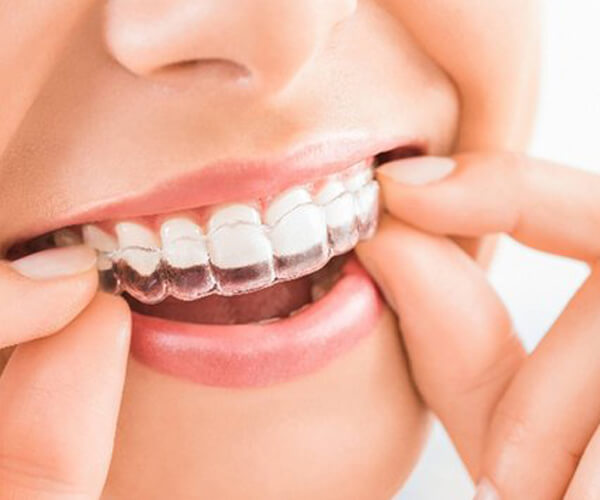
ALF is a non- invasive orthodontic appliance that uses the principles of cranial osteopathy. It is a custom appliance made of light, flexible wire to expand both the jaws. In children below 7 years of age, ALF appliances are typically used to guide proper facial growth and balance. For children between 7-11yrs of age, ALF appliances can remodel suboptimal growth from earlier years and redirect proper development in the remaining years of active growth. The only drawback is that it is a slow acting appliance and needs an appropriate case selection. For selective adults, an ALF device can help provide an effective method for achieving improved balance, alignment, function, and aesthetics.
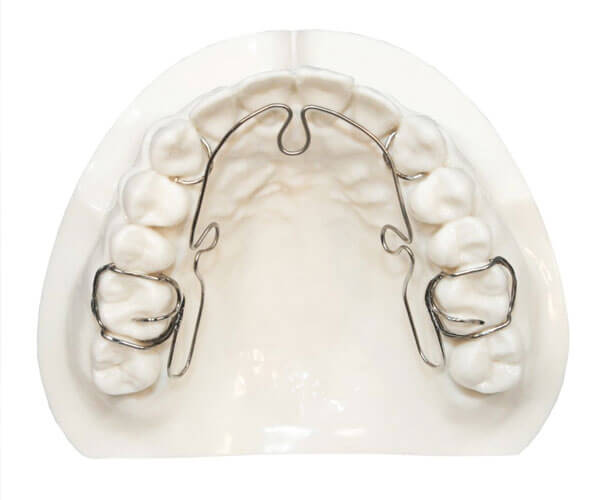
For people who have very narrow upper jaws and have problems breathing through their nose such as in disorders like mouth breathing, snoring, upper airway resistance syndrome(UARS) or sleep apnea, we expand the upper jaw to become wider which inturn increase the nasal cavity space. Miniscrew-assisted rapid palatal expansion (MARPE)/ MSE is an effective minimally invasive, non-surgical and non-extraction treatment approach for expanding the upper jaw. It is a commonly used orthodontic treatment in teens and adults. The upper jaw suture completely fuses at 12-15yrs of age that prohibits the use of conventional expanders. The appliance was created by Dr. Won Moon of UCLA, Los Angeles.
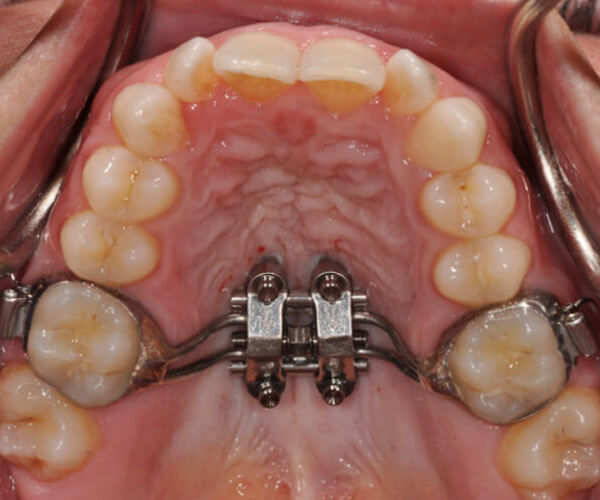
The DNA Appliance gently expands the upper arch space in three dimensions, which in turn increases the size of the nasal cavity. As the upper arch is widened, the lower jaw is able to move forward into a more natural position. As the jaw moves forward, it pulls the tongue and soft tissues, thus increasing the size of the airway. The result is a dramatic improvement in the patient’s ability to breathe. The bones are remodeled over time, non-surgically making a foundational correction to the structure of the airway. It is a pain-free and minimally invasive process.
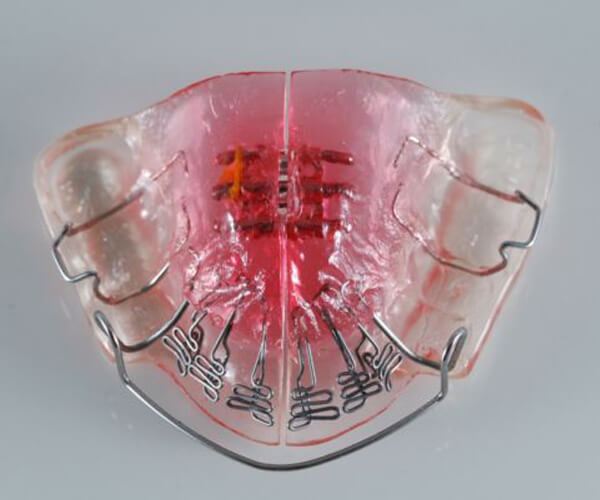
Our Non-Invasive Solutions for TMJ Disorder & Jaw Pain:
Blogs






